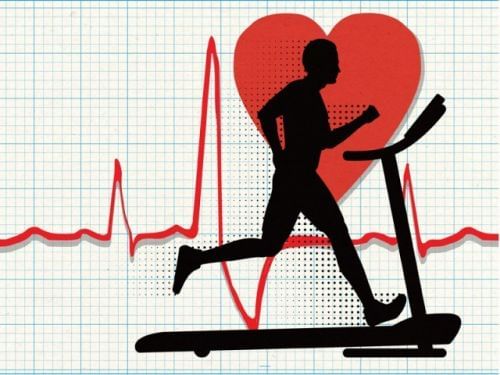SAANS Cardiac Rehabilitation Program
Cardiac Rehabilitation
Cardiac rehabilitation (rehab) is a medically supervised program that helps improve the health and well-being of people who have heart problems. Rehab programs include exercise training, education on the heart and healthy living, and counselling to reduce stress and help you return to an active life.
What is the duration of this program?
As per the requirement of the patient, the program duration can vary from 6 to 8 weeks to lifelong.
What can one achieve through this program?
The goal of this program is to prevent and limit the physiological and psychological effects of cardiac illness and to improve the overall cardiovascular fitness and health of the patient. This is accomplished by developing individualised program which cover exercise, education and lifestyle modification, tailored to the individual needs and abilities of the patients.
Who requires Cardiac Rehabilitation?
People with the following cardiac diseases require cardiac rehabilitation:
·Myocardial Infarction
·Coronary Artery Bypass Surgery
·Angioplasty
·Stable Angina Pectoris
·Two Or More Documented Classical Risk Factors For Coronary Heart Disease
·Stable Chronic Heart Failure
·Peripheral Vascular Disease
·Diabetes Mellitus (Type II)
·Valvular Heart Disease
What are the facilities for Cardiac Rehabilitation at SAANS?
SAANS Foundation has a dedicated cardiac rehab facility, complete with exercise equipment, i.e., treadmills, ergocycles, steppers and cross trainers; a gymnasium for pre-class warm-up and resistance training classes; Human Performance Labs for fitness testing; and a dedicated area for patient education.
The cardiac rehabilitation team
Phase I (Initial Phase)
This is an inpatient program. It begins with pre-procedure counselling and continues immediately after coronary artery grafting or stenting and post-angina or myocardial infarction. Its aim is to initiate early mobilisation (out of the bed) to reduce the effects of de-conditioning, along with patient education about heart disease. This is continued with a walking and exercise program at home or till the patient returns back to the hospital for Phase II.
Phase II (Conditioning Phase)
This consists of a comprehensive program to modify the risk factors for heart disease and consists of exercise, stress management, smoking cessation, behaviour modification, nutritional advice and patient education about the risk factors of heart disease. The aerobic exercise program can begin as early as 2 weeks after an uncomplicated infarction, angina and stenting or 4 weeks after a complicated infarction or bypass grafting. This is conducted in the form of group sessions or classes consisting of the three steps of initial stretching exercises, conditioning phase of aerobic training on the treadmill, ergo cycle, stepper or cross trainer (along with strengthening exercises) followed by the cool down phase. One session usually lasts for 60 to 90 minutes. It takes a frequency of 3 to 5 times a week to complete 20 sessions. Initial sessions are conducted with electrocardiographic monitoring. The behaviour management and nutritional component runs along with the exercise program. All sessions are physician monitored and are conducted by trained staff.
Phase III (Maintenance Phase)
This aims at continuing the benefits gained by patients during the second phase. It consists of the continuation of the aerobic exercise program but at a lesser frequency of about 2 to 3 times a week at home/in a gymnasium/at a hospital.



+1.svg)
